Horror in the Modernist Block review: engaging and ‘insidiously unsettling’
Ikon Gallery exhibition explores how modernist buildings became ‘emblems of horror’
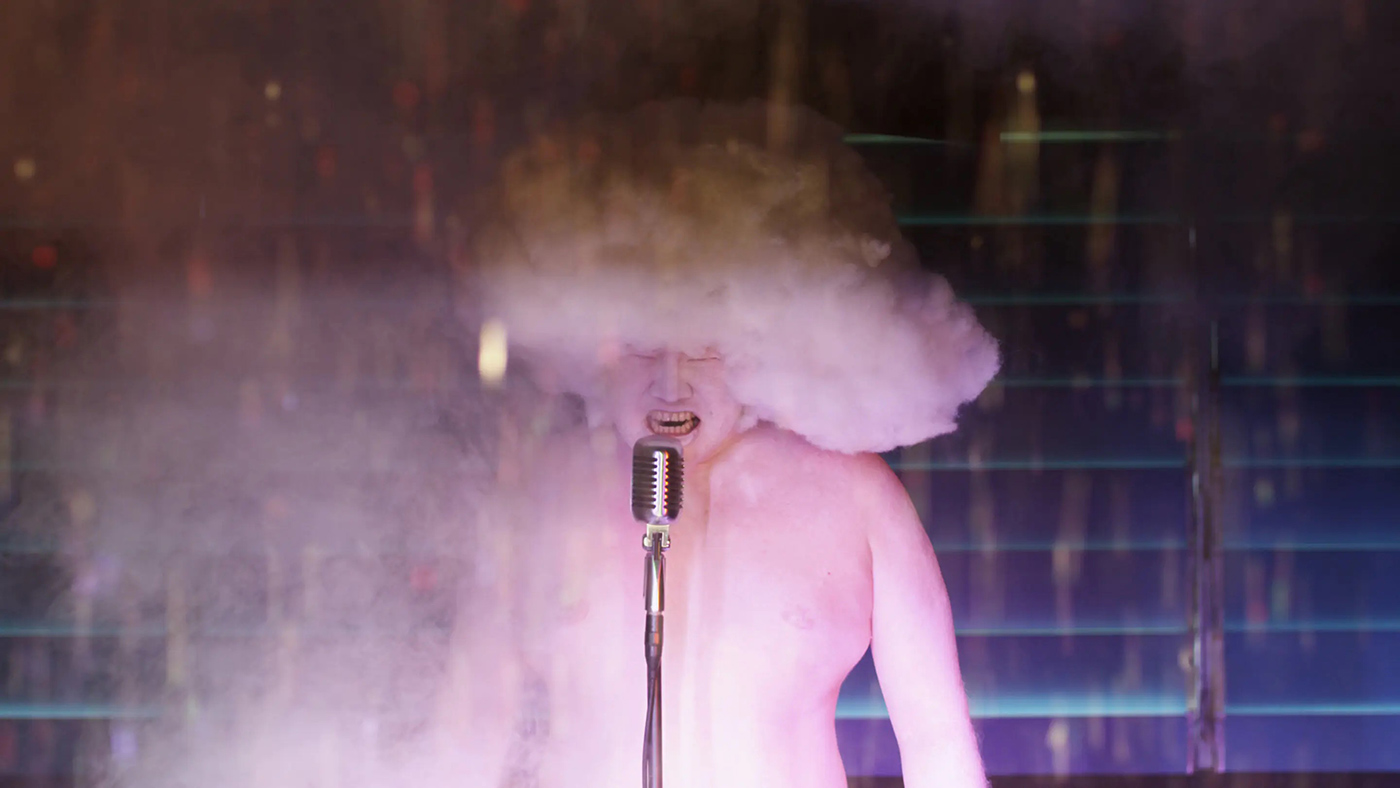
Modernist architects were inspired by the “utilitarian dream” of building “machines for living”, said Skye Sherwin in The Guardian. But their buildings would become the stuff of nightmares. By the 1970s, tower blocks and modernist housing schemes had become bleak symbols of “social breakdown”, used as settings for dystopian novels and horror films. In many other countries, meanwhile, modernism became a favoured style of authoritarian regimes.
This exhibition in Birmingham brings together the work of 20 contemporary artists who explore how modernist buildings became “emblems of horror” in the collective imagination. It takes the postwar reconstruction of heavily bombed Birmingham itself as a starting point: in Brutal, a film by the artist NT, ominous music plays over night-time footage of the city’s postwar housing blocks. The show features a mix of video, sculpture, conceptual art and photography: Karim Kal’s photos, for instance, capture social housing on the outskirts of Lyon at night.
There’s “much to recommend” this exhibition, said Will Wiles in Apollo. Highlights include Mies 421 (2010), a video by Maria Taniguchi that leads viewers around the dark and desolate spaces of Mies van der Rohe’s landmark 1929 Barcelona Pavilion. Birmingham artist Richard Hughes contributes a giant sculpture resembling “a Calder-esque mobile”, decorated with “lumps of broken concrete” and “a deflated space hopper”; it projects “an uneasy air of both pleasure and neglect”.
The Week
Escape your echo chamber. Get the facts behind the news, plus analysis from multiple perspectives.

Sign up for The Week's Free Newsletters
From our morning news briefing to a weekly Good News Newsletter, get the best of The Week delivered directly to your inbox.
From our morning news briefing to a weekly Good News Newsletter, get the best of The Week delivered directly to your inbox.
Equally interesting is Sudanese-born artist Ola Hassanain’s video work examining British and Soviet modernist influences on post-independence Khartoum. Closer to home, Ismael Monticelli fields an “absorbing” sculpture “decked with arcane symbols”, in which Birmingham’s notorious Spaghetti Junction interchange leads directly into Brasília, Brazil’s “showpiece modernist capital”.
Yet while the show is “often stimulating”, its “cumulative effect never convinces”. Its scope of reference is “too broad” and its arguments never really add up. Above all, it is curiously lacking in “atmosphere” – a prerequisite for an exhibition about horror.
Nevertheless, this is a “thought-provoking” show, said Alastair Sooke in The Daily Telegraph. Roaming the world, it explores the dark underbelly of 20th century hopes and dreams: Shezad Dawood’s “eerie” tapestry depicts an abandoned modernist US embassy in Karachi, while a sculpture by Poland’s Monika Sosnowska resembles a “smashed-up fairground ride” – a “stark, frightening symbol of urban desolation”.
Abbas Zahedi provides a small but “distressingly powerful” piece – a “charred” and “inverted” exit sign that refers to the Grenfell Tower catastrophe. Horror in the Modernist Block may lack “cheap thrills”, but this is an engaging exhibition full of “insidiously unsettling” moments.
A free daily email with the biggest news stories of the day – and the best features from TheWeek.com
Ikon Gallery, Birmingham (0121-248 0708, ikon-gallery.org). Until 1 May. Free entry
-
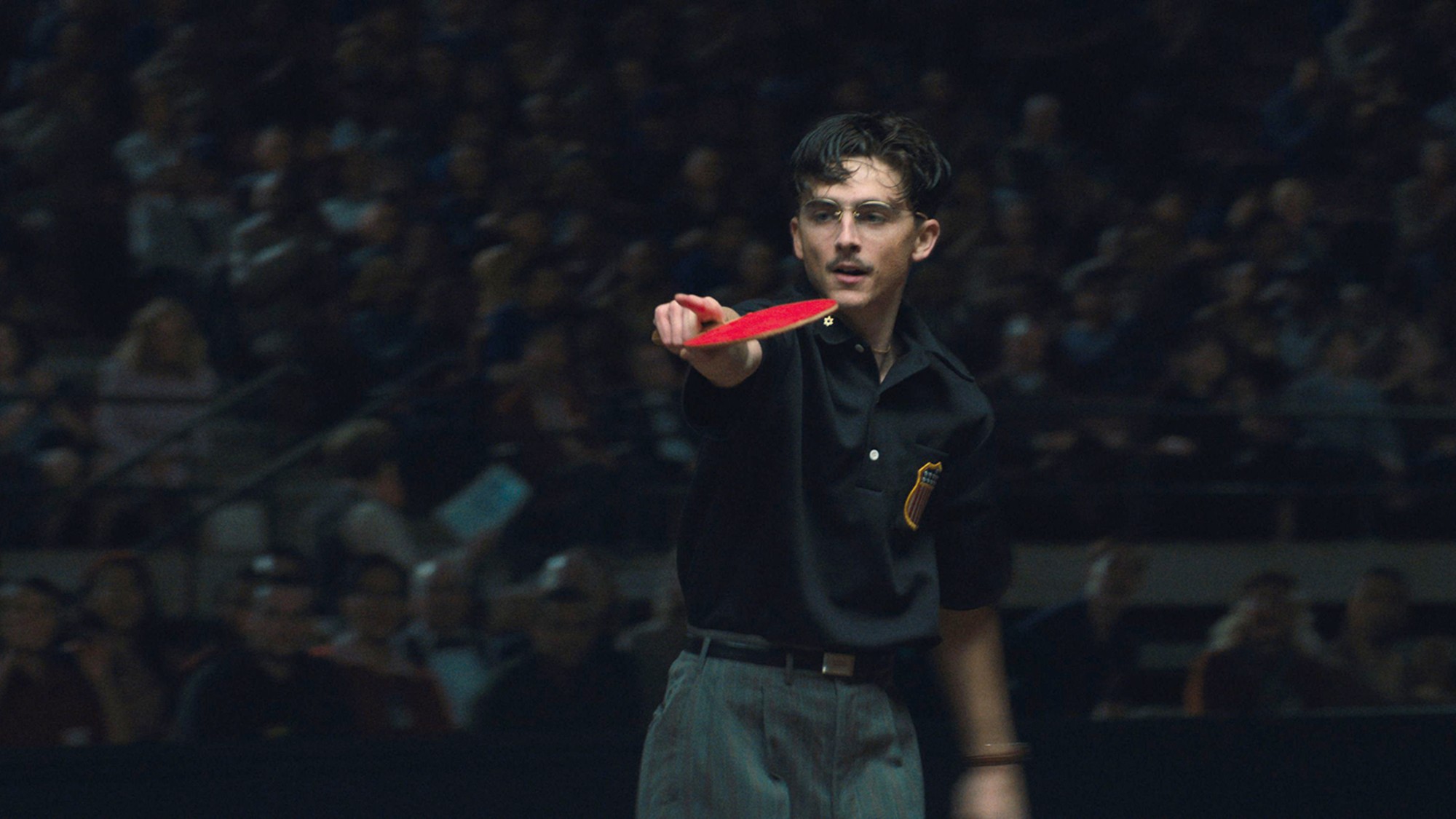 Film reviews: ‘Marty Supreme’ and ‘Is This Thing On?’
Film reviews: ‘Marty Supreme’ and ‘Is This Thing On?’Feature A born grifter chases his table tennis dreams and a dad turns to stand-up to fight off heartbreak
-
 Political cartoons for December 14
Political cartoons for December 14Cartoons Sunday's political cartoons include a new White House flag, Venezuela negotiations, and more
-
 Heavenly spectacle in the wilds of Canada
Heavenly spectacle in the wilds of CanadaThe Week Recommends ‘Mind-bending’ outpost for spotting animals – and the northern lights
-
 Film reviews: ‘Marty Supreme’ and ‘Is This Thing On?’
Film reviews: ‘Marty Supreme’ and ‘Is This Thing On?’Feature A born grifter chases his table tennis dreams and a dad turns to stand-up to fight off heartbreak
-
 Heavenly spectacle in the wilds of Canada
Heavenly spectacle in the wilds of CanadaThe Week Recommends ‘Mind-bending’ outpost for spotting animals – and the northern lights
-
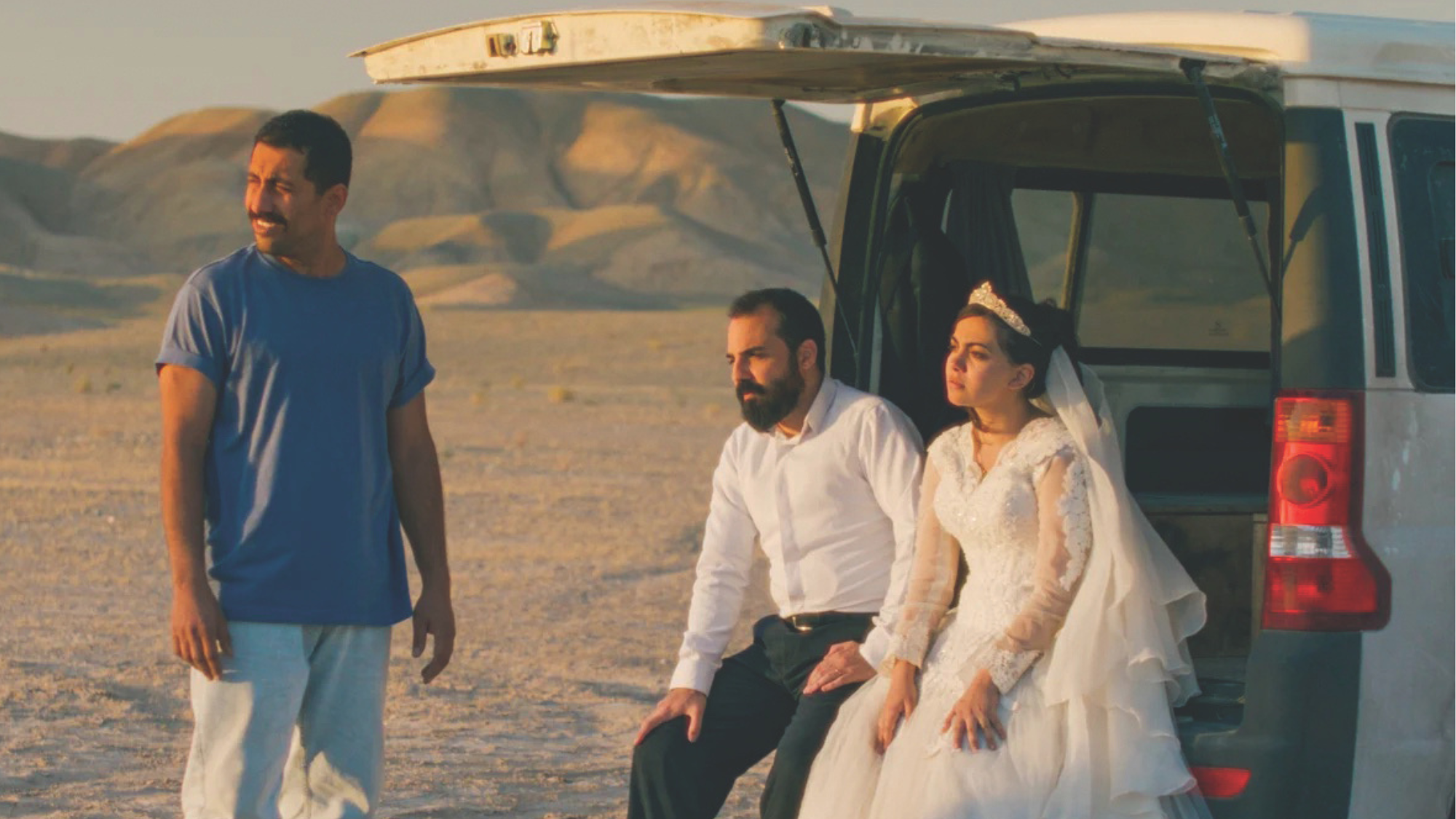 It Was Just an Accident: a ‘striking’ attack on the Iranian regime
It Was Just an Accident: a ‘striking’ attack on the Iranian regimeThe Week Recommends Jafar Panahi’s furious Palme d’Or-winning revenge thriller was made in secret
-
 Singin’ in the Rain: fun Christmas show is ‘pure bottled sunshine’
Singin’ in the Rain: fun Christmas show is ‘pure bottled sunshine’The Week Recommends Raz Shaw’s take on the classic musical is ‘gloriously cheering’
-
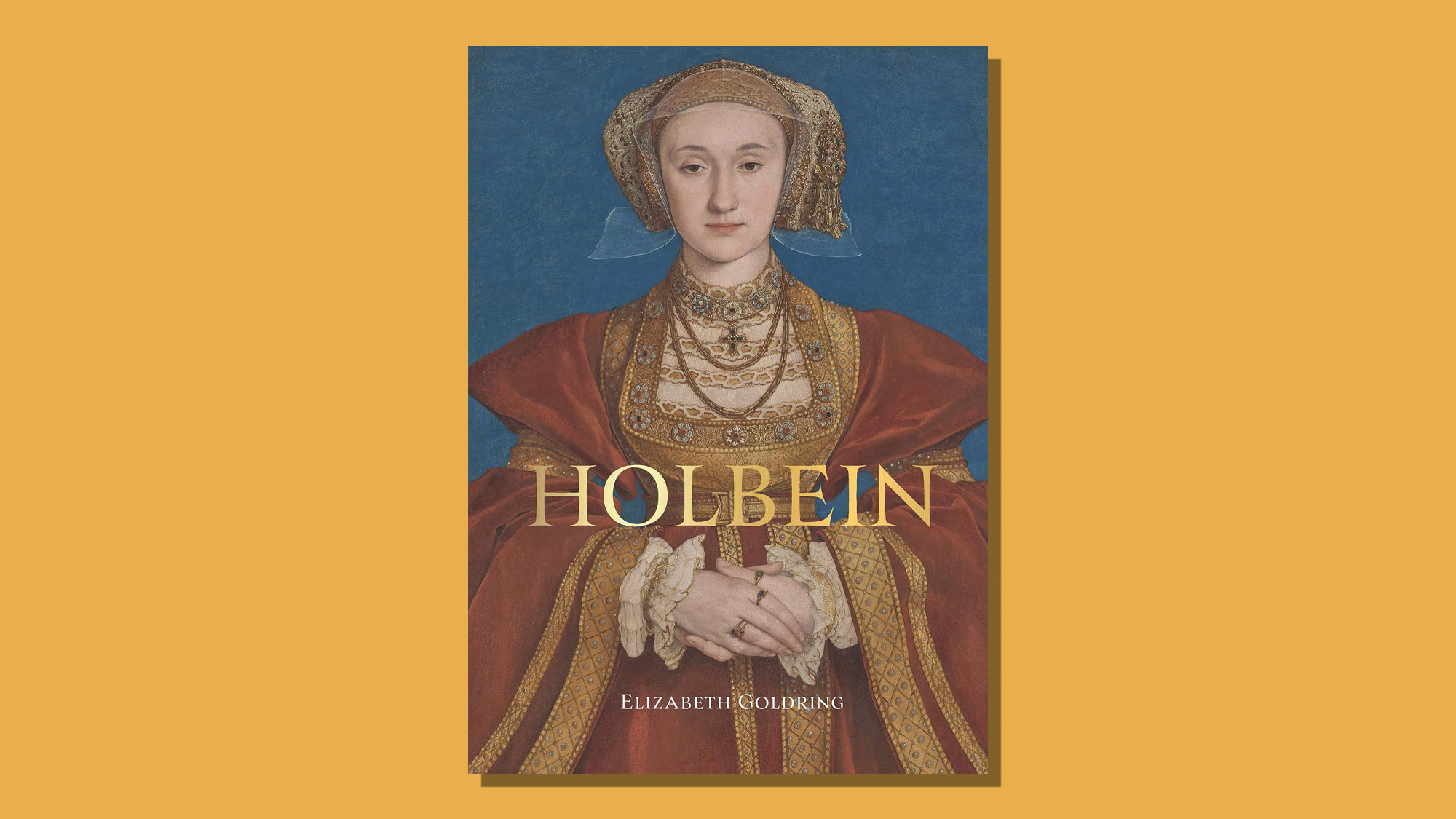 Holbein: ‘a superb and groundbreaking biography’
Holbein: ‘a superb and groundbreaking biography’The Week Recommends Elizabeth Goldring’s ‘definitive account’ brings the German artist ‘vividly to life’
-
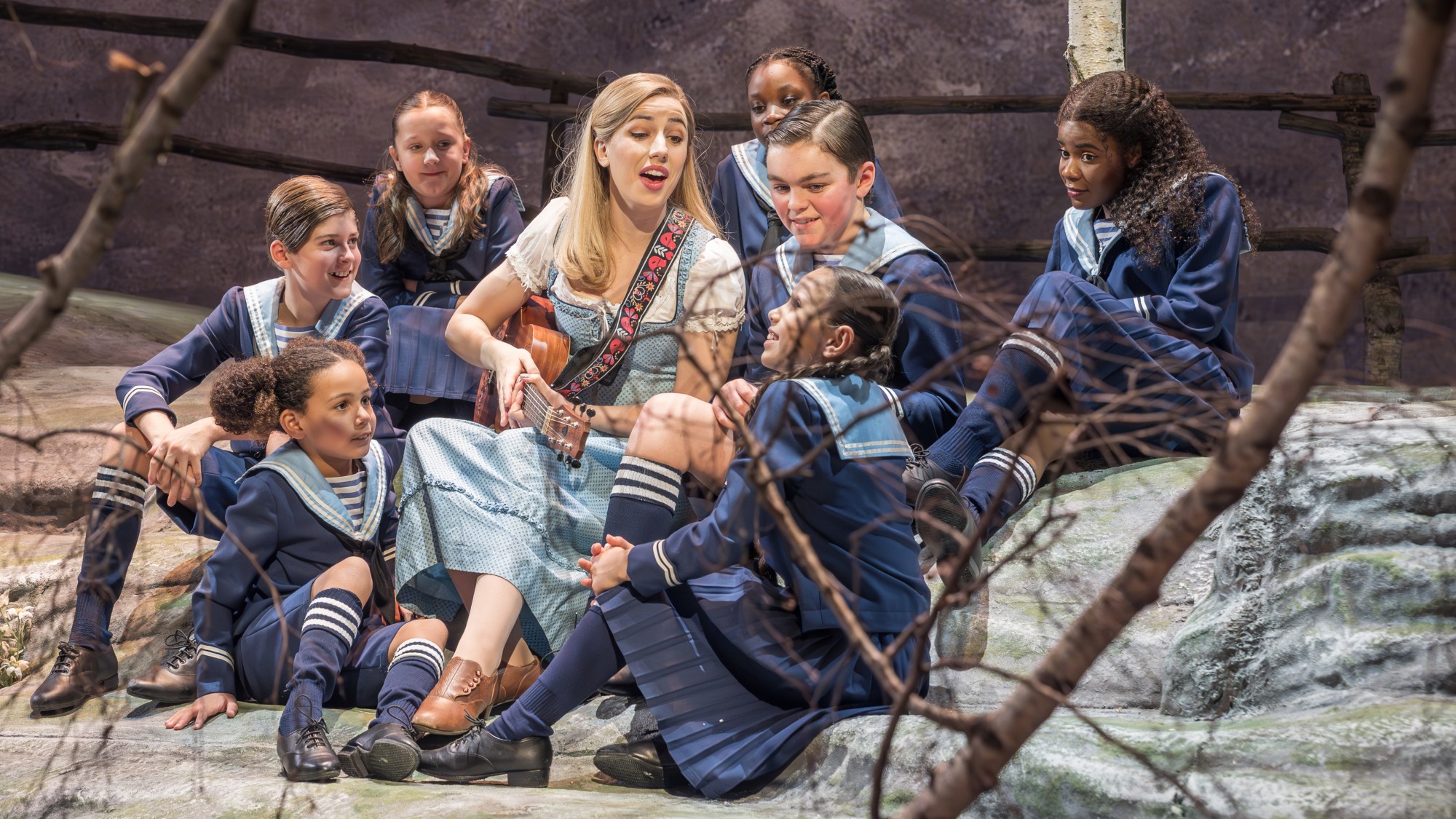 The Sound of Music: a ‘richly entertaining’ festive treat
The Sound of Music: a ‘richly entertaining’ festive treatThe Week Recommends Nikolai Foster’s captivating and beautifully designed revival ‘ripples with feeling’
-
 ‘Furious Minds: The Making of the MAGA New Right’ by Laura K. Field and ‘The Dream Factory: London’s First Playhouse and the Making of William Shakespeare’ by Daniel Swift
‘Furious Minds: The Making of the MAGA New Right’ by Laura K. Field and ‘The Dream Factory: London’s First Playhouse and the Making of William Shakespeare’ by Daniel SwiftFeature An insider’s POV on the GOP and the untold story of Shakespeare’s first theater
-
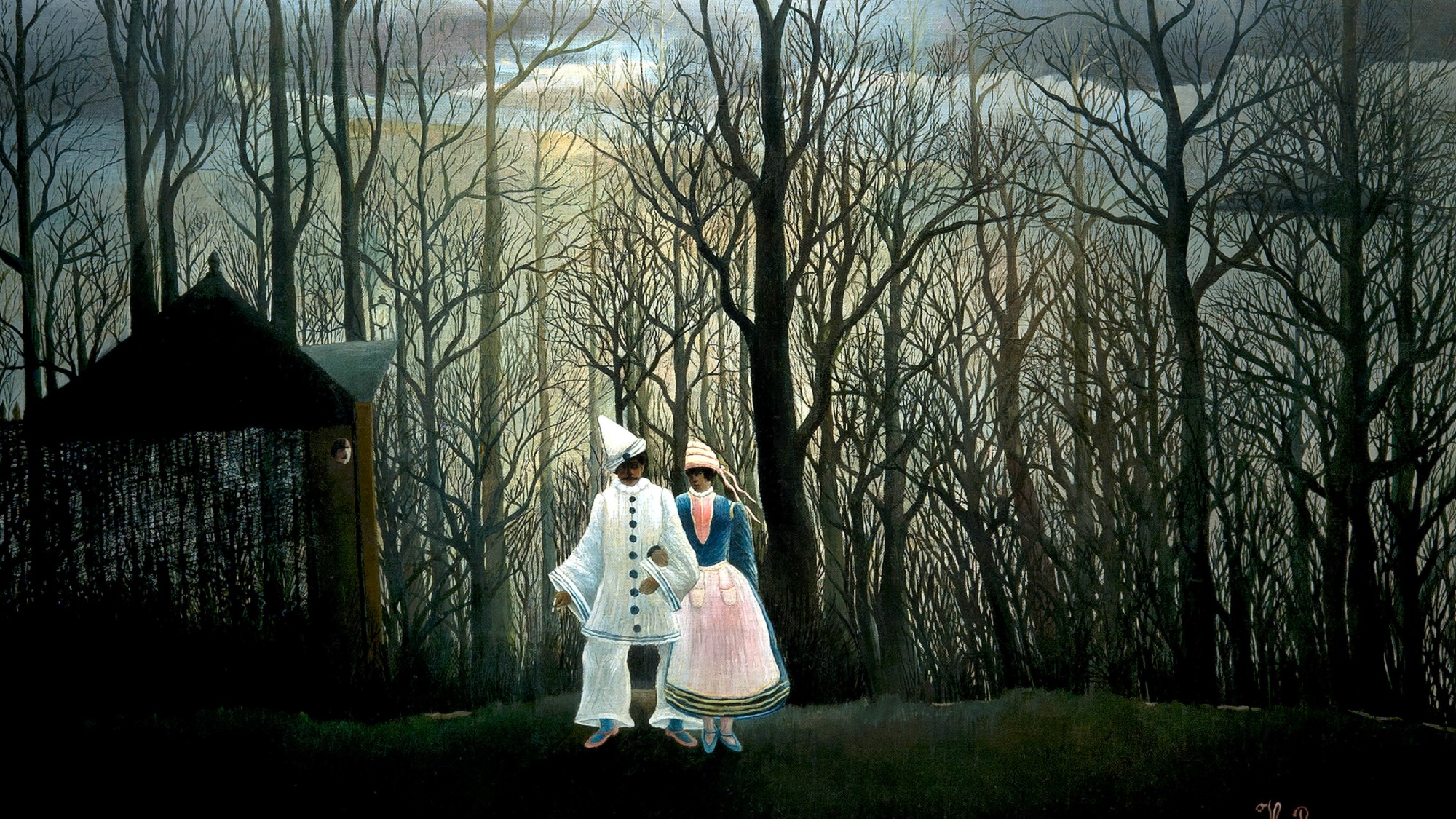 Henri Rousseau: A Painter’s Secrets
Henri Rousseau: A Painter’s Secretsfeature Barnes Foundation, Philadelphia, through Feb. 22
